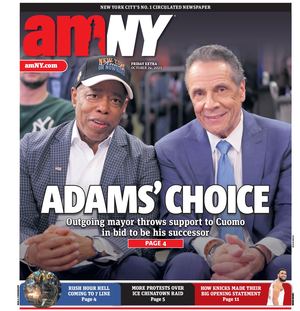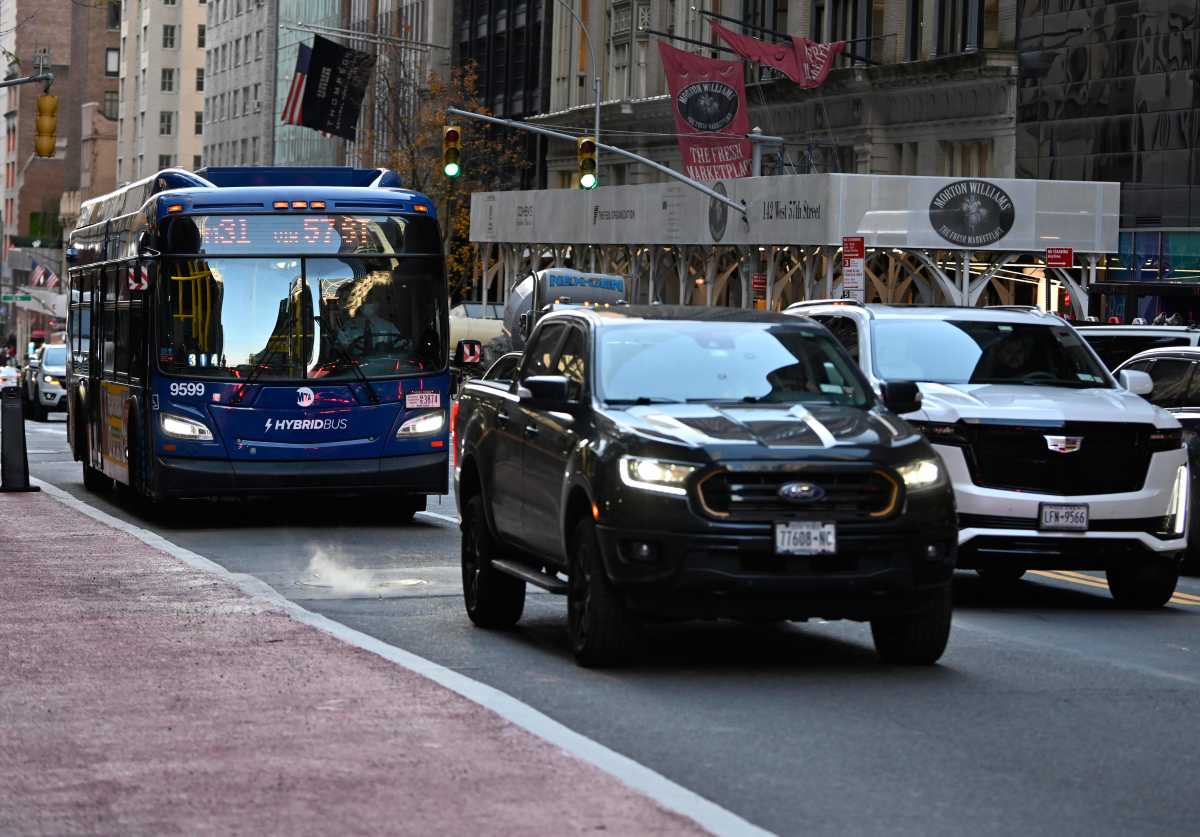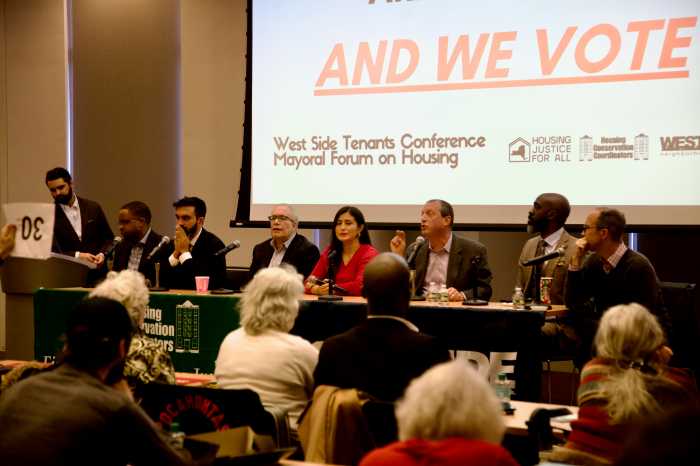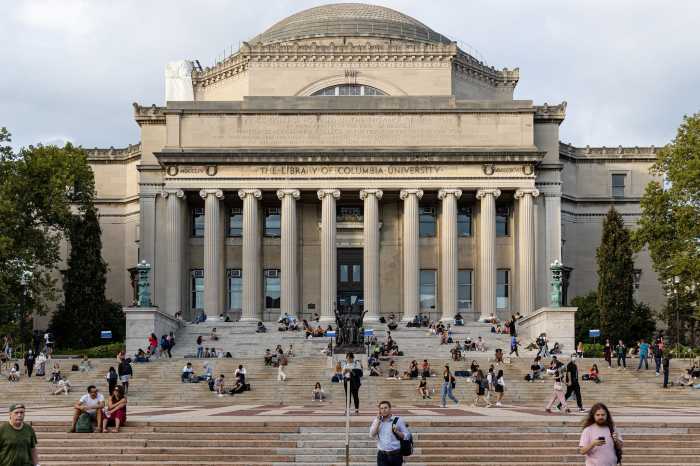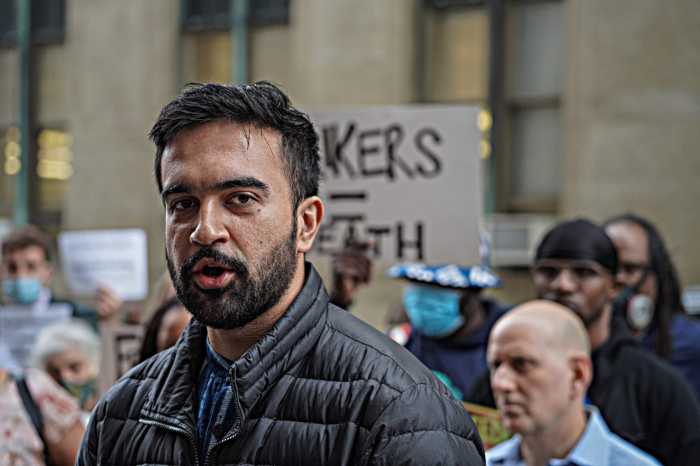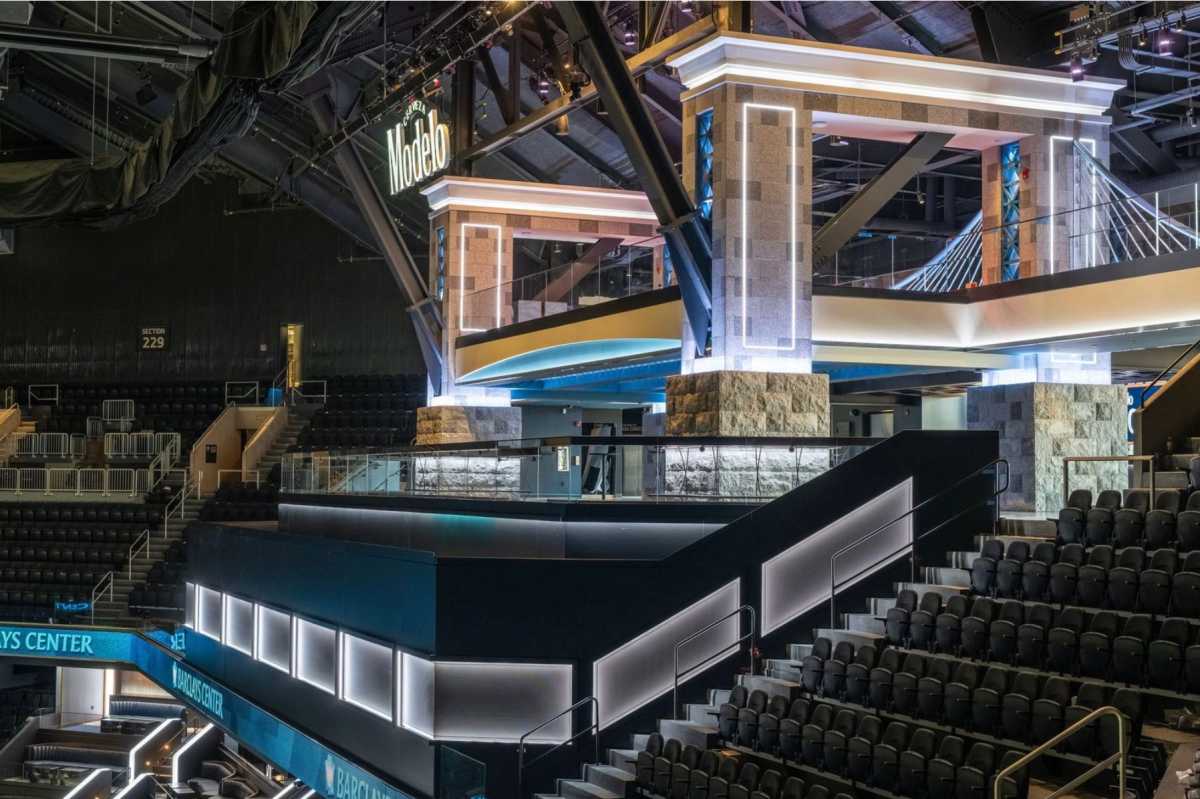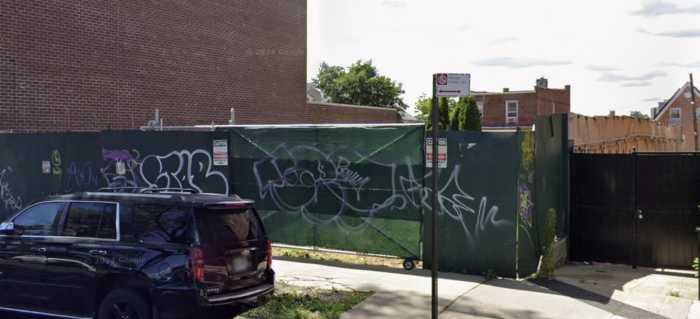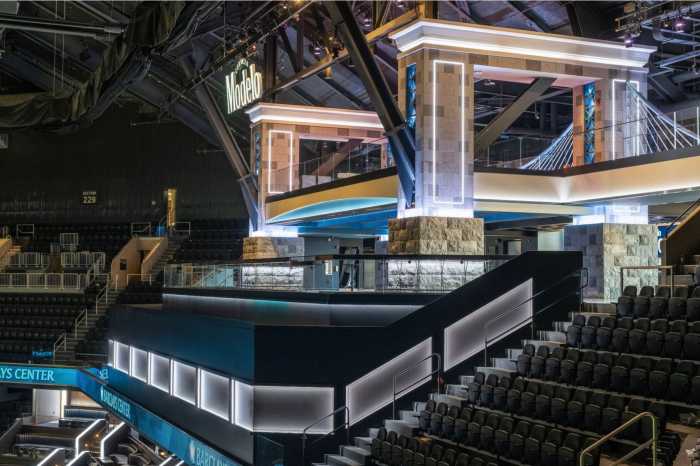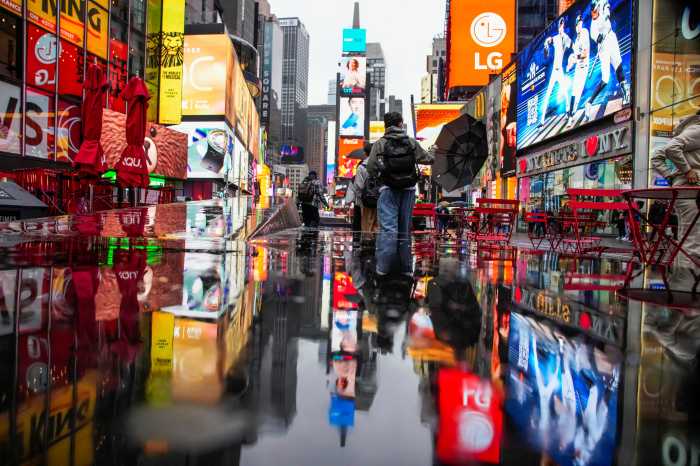State lawmakers proposed spending $90 million this year to improve bus service frequency and expand the scope of the MTA’s free bus pilot in the Assembly and Senate “one-house” budgets released on Tuesday.
The budget proposals, in response to Gov. Kathy Hochul’s executive spending plan, allocate $45 million for the MTA to increase bus frequency and $45 million to expand its free bus pilot in the five boroughs, scaling up to three routes per borough over the current one.
The move comes in the final homestretch of the process for crafting the state budget, which is due on April 1. Queens lawmakers Sen. Michael Gianaris and Assemblymember Zohran Mamdani crafted the legislation; they argued the MTA should be improving the quality of transit service ahead of congestion pricing.
“Today, both houses of the legislature demonstrated their commitment to putting the MTA on the express track to deliver a better system for riders — and taking an evidence-based approach,” Gianaris and Mamdani said in a joint statement on March 12, noting both London and Stockholm had increased bus service ahead of implementing their own congestion pricing schemes.
Last year’s state budget included funds to study free bus service, under a pilot with one free route in each borough. That pilot has been underway since September; MTA New York City Transit President Rich Davey told Our Town NY in December that ridership was up 20% on some of the lines.
With the one-house proposals in place, negotiations on the $233 billion budget enter their final stretch, with the finer details hashed out by the governor, Assembly Speaker Carl Heastie, and Senate Majority Leader Andrea Stewart-Cousins in closed-door sessions commonly known as “three people in a room.”
“Gov. Hochul’s Executive Budget makes record-setting investments in New York’s future while ensuring the state remains on a stable long-term fiscal trajectory,” Hochul spokesperson John Lindsay said. “She will work with the Legislature to craft a final budget that achieves these goals.”
The news was welcomed by straphanger advocates at the Riders Alliance, which has long advocated for more robust bus service.
“Two million New York bus riders need more frequent, reliable, and affordable service,” said Danny Pearlstein, the group’s policy director. “The legislature’s bold $90 million plan gets us much nearer our goal. Now, we need Governor Kathy Hochul to get on board and seal the deal in the final budget due April 1.”
Other transit one-house budget items
The Senate one-house proposal would adopt the FARES Act, extending New York City’s Fair Fares half-price MetroCard program for low-income riders to both the Long Island Rail Road and Metro-North. It also would fund a weekly version of the CityTicket, which allows cheaper commuter rail travel between stations within the five boroughs, and create a morning rush hour discount for seniors and people with disabilities on the commuter railroads.
“A ‘Fare Budget’ is a fair budget. All New Yorkers, regardless of income, ability, or age, should be able to access the commuter rail service that serves their community,” said Lisa Daglian of the Permanent Citizens Advisory Committee to the MTA. “Creating a weekly CityTicket with free transfers to subways and buses, expanding half fares for senior, disabled, and Medicare-eligible riders to the AM peak, and expanding Fair Fares to the commuter rails within New York City are critical steps toward a more affordable, equitable, and accessible transit system.”
The budget also includes $10 million for environmental review of the QueensLink rail connection project, which would repurpose the abandoned Rockaway Beach Branch railroad as a new subway connection in Queens. The news comes the same day New York Senators Chuck Schumer and Kirsten Gillibrand announced $117 million in funds to build the QueensWay, a linear park along the same stretch in Queens that is considered a rival project; the Adams administration supports the QueensWay while local elected officials mostly support the QueensLink.
Legislators also recommended the MTA address the Nostrand Junction subway bottleneck in Brooklyn and commit to station improvements at the 74th Street and Jamaica-179th Street subway stations in Queens and the East New York LIRR station in Brooklyn, in the agency’s next capital plan spanning 2026-30. The agency also recommended that the MTA “increase transparency” as to the sky-high costs of its capital projects.
Lawmakers were not so keen on the governor’s plans to beef up enforcement against toll scofflaws. Hochul had proposed legislation to increase fines for those caught defacing or obscuring their plates to avoid tolls or ticket-issuing cameras, and to criminalize the practice by making it a “theft-of-services misdemeanor.” Instead, the legislature proposed enacting the Toll Payer Protection Act, which among other things would relieve drivers of liability for unpaid tolls if an authority issues bills after more than 30 days.
On Tuesday, Hochul and Mayor Eric Adams announced the creation of a new city-state task force dedicated to interdicting toll scofflaws, which the governor previously said now represents up to 5% of road users.
Read more: MTA’s New Toll Exemption Plan for Commuter Buses, City Vehicles
